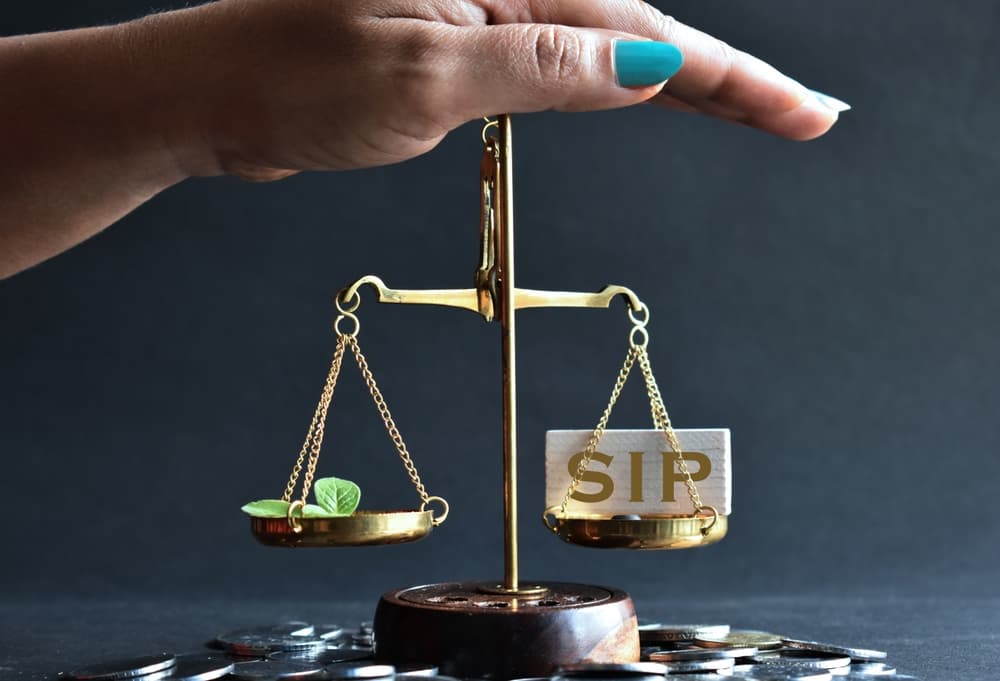Seniors investing during their retirement period must focus on several factors such as liquidity, return on investment, tenure of investment, risk involvement and so on. The purpose of their investment should revolve around the financial goals they want to achieve in the short or long term. Tax benefit, if any, offered by such investment products should be considered strictly if it helps them achieve their goals. So, the primary objective of the investment should be to achieve the financial goals, and tax saving may be considered a secondary objective. Seniors may come across several challenges if they choose to invest solely for tax-saving purposes. Let’s explore if it’s good for seniors to invest less in tax-saving instruments.
Not Much Variety Available In Tax-Saving Investments
Better return is possible if you invest in regular investment products, i.e., non-tax saving schemes. There are many varieties of traditional investment products in the market, which allows a senior person to choose the appropriate one in sync with their risk appetite and return requirements. On the other hand, there are a limited number of tax-saving investment products available in the market. For example, regular investments include several equity mutual funds, shares, debt funds, bonds, fixed deposits (FDs), etc., whereas tax-saving schemes usually are products available under Sec 80C of the Income Tax Act and include instruments such as Equity-Linked Savings Scheme (ELSS), Unit-Linked Insurance Plan (ULIP), small savings schemes, tax saver FDs, etc.
Liquidity Issues
Tax-saving investments come with lock-in restrictions, i.e., investors can’t liquidate such investments before the stipulated maturity date. For example, ELSS has a lock-in of 3 years, Senior Citizen Savings Scheme (SCSS) has a lock-in of 5 years, tax saver FDs have a minimum lock-in period of 5 years and so on. However, regular investment products don’t have lock-in issues, offering much higher liquidity.
Beating Inflation Is Easier With Regular Investments
Regular investments help you diversify your investments to reduce the risk and, at the same time, ensure a high return on investments so that you can easily beat the inflation rate. On the other hand, tax-saving investments, except for products like ELSS and ULIP, focus on preserving the capital. Thus, you may be unable to beat the inflation by a substantial margin compared to regular investments.
When investing after retirement, you should focus on investing in instruments that can offer you a high return, high liquidity and carry low risk. Tax saving products may have low risk, but they may miss out when it comes to return on investment and liquidity aspects in comparison to regular investments. However, at the same time, tax-saving investments can be made part of your investment portfolio if they suit your financial goals.
The author is an independent financial journalist




